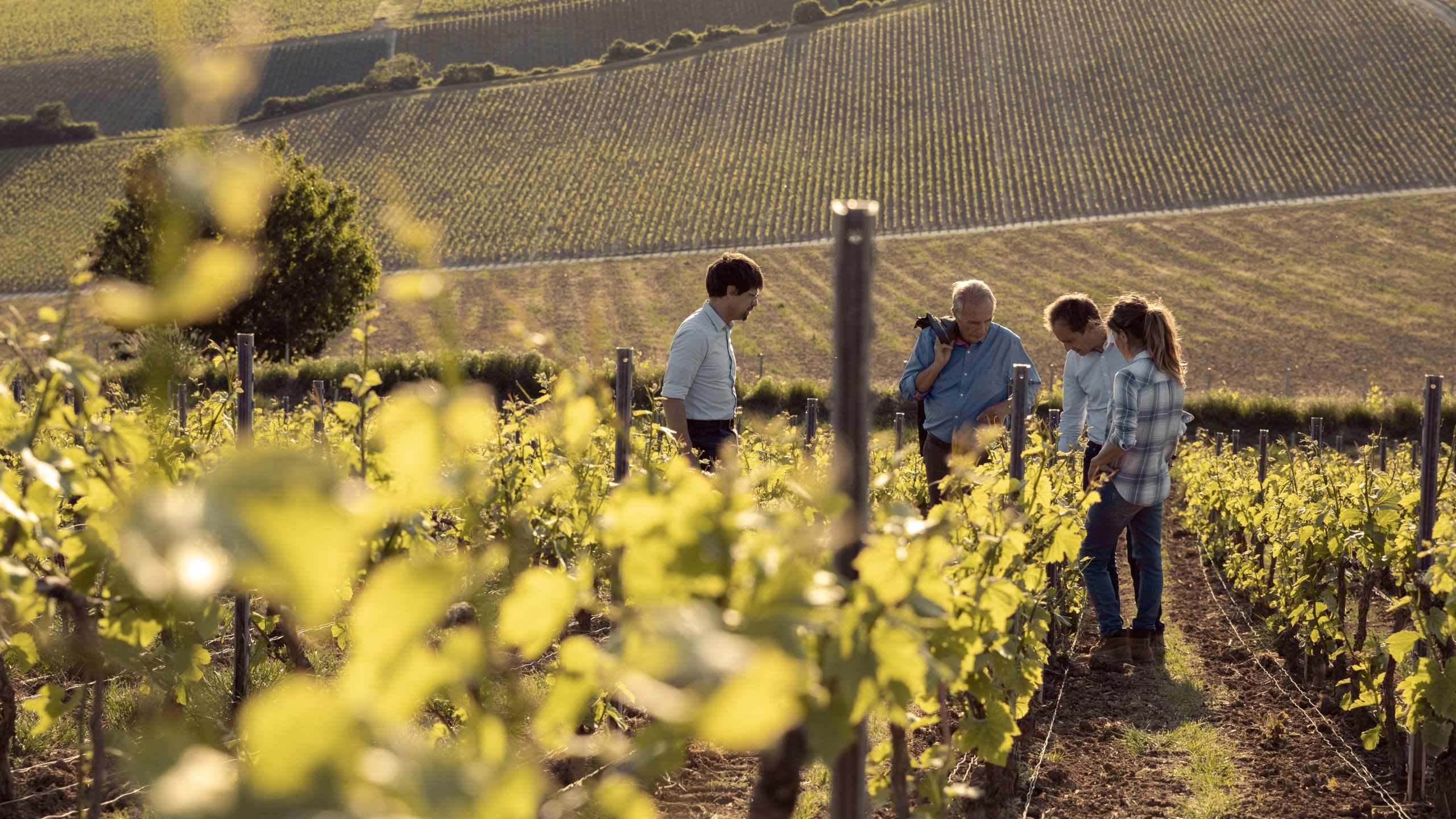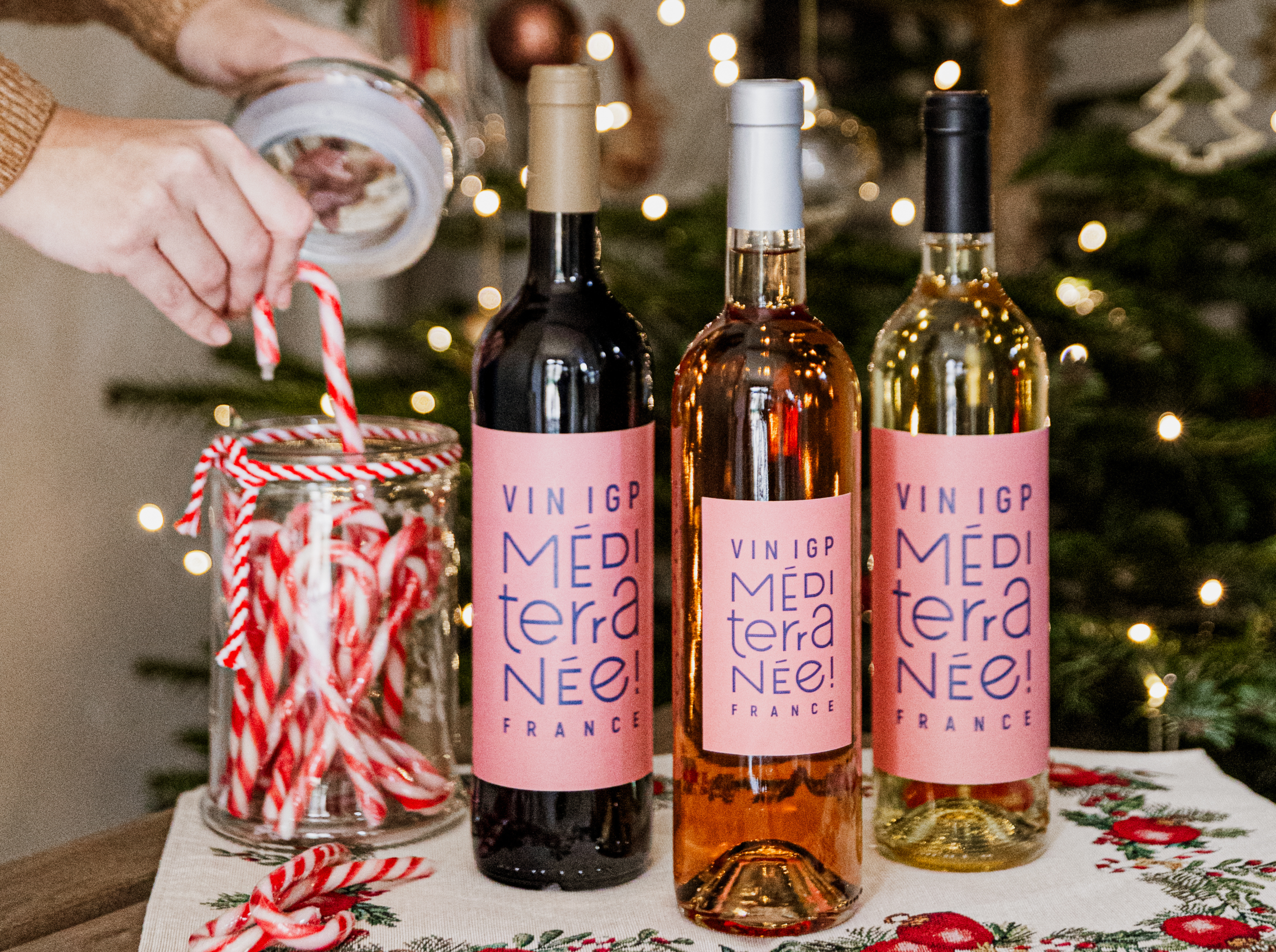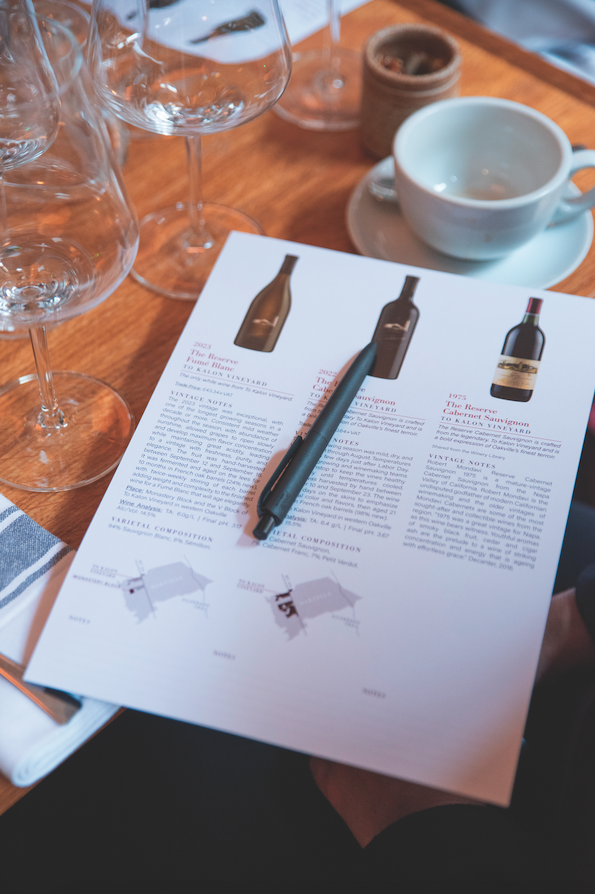Fine wine investment: Go figure
The en primeur season is a great time not only for wine investors to snap up such new issue treats as may arise, but also to take stock of bottled bargains from earlier vintages. We have talked in recent weeks about the quixotic approach some producers take to pricing their stock, but ultimately it is the market that decides at what price wines should trade at over the medium term, and at Amphora Portfolio Management we are keen not to overlook information that is freely available for anyone willing to look.
Take Haut-Brion, as a topical example, having only this week disclosed its release price. Its 2016 vintage is undoubtedly a cracker. 100 points from several critics, 19 even from Jancis Robinson MW, and Neal Martin has lobbed out a range of 97-99. At a short £5,000 it trails only the 100 pointers from 2005, 2009 and 2010 for price, which all sit around the £6,500 mark.
What interests us is not so much the 2016, as the 2015. Neal Martin could barely have waxed more lyrical about it, and in his tasting notes on the 2016 he references it: “Yet maybe it (the 2016) does not quite have the same depth and labyrinthine complexity that made the 2015 such an astonishing wine. Nevertheless, this 2016 is not far behind and it will be fascinating to compare in the future.”
The 2015 will be bottled by this time next year, and we can expect a clarification on his score of 98-100 points at that time. Given how profoundly moving he found it a year ago when it went into barrel (“there is a paradoxical intensity married to weightlessness…”) it will be something of a surprise if it doesn’t cling on to the bottom end of that range, at least. That would justify the price at which it is currently available of £4,550, and if it should achieve 99 or obviously even more magically, 100, then the 12 month holding period will result in a very tidy profit indeed.
Meanwhile there is a small raft of 96 point-scoring back vintages whose investment potential is being reinforced at this point. The 2006, 2008, 2012 and 2014 are all really good wines, trading down under £3,500. Within this off vintage group the 2014 stands out as enjoying the higher vintage score, a commendable 93, as against 91s for the 2012 and 2008 with the 2006 at only 87. Neal Martin’s opinion of this wine improved when it went into bottle in March of this year, and at £3,250 it looks a good bet.
Over at Château Palmer they may struggle with their price point. The difficulty is that there are plenty of recent comparables for a 96 pointer, from 2010, 2011, 2012, and 2015, and they have priced the 2016 alongside the 2010. This may work in some parallel universe but when you have a superior wine from 2009 (97 against 96), from a superior vintage (in Margaux the vintage score was 95 in 2010 and 97 in 2009), trading at a discount, it doesn’t take a rocket scientist…
It is quite hard to reconcile this graph with the fact that it is the 2009 which is the better wine, from the better vintage, yet such is the case. If anyone out there would like to lend us a sizeable amount of the 2010 so that we can short it, we would buy an equivalent amount of the 2009 and have a perfect arbitrage. On two occasions over the last five years these prices have flirted with reality, and it will not be long before they do so again. The red line should be ABOVE the blue one!
Palmer 2009 is £2,250. Palmer 2010 is £2,800. Yes really. Notwithstanding the above. The Palmer 2016 release price: £2,880. Go figure.
Partner Content
Pavie is also smoking unusual substances. Although Robinson gives the 2016 a rather grumpy 17 out of 20 there are plenty of others who think it might merit a 100 once it goes into bottle. However it may not, and all the critics cover their backs by offering a range, typically 97 or 98-100. Let’s say it is awarded a maximum in two years’ time, will it be worth more than the other 100 pointers from 2005, 2009 and 2010, and if so, why?
I don’t know either. Vintage score is unlikely to contain the answer, given the 2005 in St Emilion received 99 points. Check this out then:
Pavie 2005: £3,400. Pavie 2009: £3,200. Pavie 2010: £3,300. Pavie 2016: £3,588.
If you fancy a punt you could do worse than this year’s first major release: Cos d’Estournel. Cos will typically earn around 97 points in an on-vintage, with few if any off-vintage stars. Pricing tends to reflect this, with the off-vintage wines costing under £1,000, most on-vintage around the £1,500 mark with the 97 point 2010 coming in at just shy of £1,700. In 2009, though, Cos excelled itself earning a maximum, and this wine trades at £2,450.
Remember Pavie? They have priced in the expectation of getting 100-points. Cos, by contrast, received 98-100 from Neal Martin, and seems to have priced at the extremely reasonable level of £1,400. This is cheap even if the score lands at the bottom of the range. If, however, it receives 100 you have another Haut-Brion 2015 on your hands. Very limited downside from these levels, and a possible 70% uplift in two years if the maximum comes through.
That, ladies and gentlemen of the fine wine investment world, seems like a trade. It is also, rather deliciously, a play on the rising influence of Neal Martin, for those who believe his destiny is assured.
Philip Staveley is head of research at Amphora Portfolio Management. After a career in the City running emerging markets businesses for such investment banks as Merrill Lynch and Deutsche Bank he now heads up the fine wine investment research proposition with Amphora.




